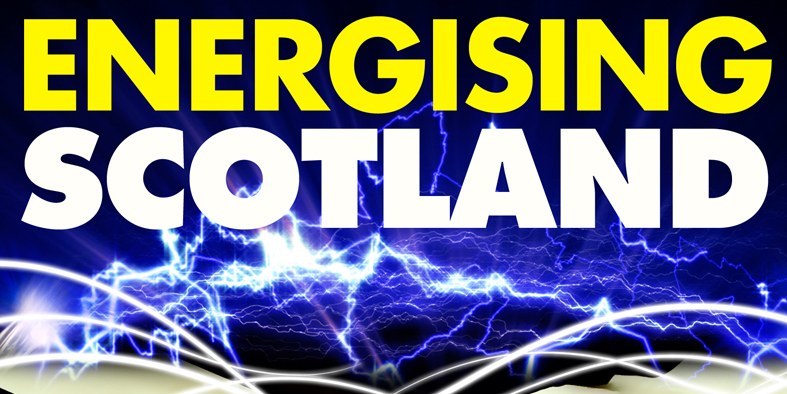Up to 60,000 jobs could be created in Scotland as a result of offshore energy developments and Tayside and Fife could benefit. Courier writer Stefan Morkis looks at the economic potential for the east of Scotland.
From the Californian gold rush to the Aberdeen oil boom of the 1970s, cities and even entire countries have been transformed by the discovery of a precious new resource.
Both gold and oil come from the ground but it appears Dundee and the east of Scotland stand on the brink of an entirely new bonanza thanks to something altogether more common but no less valuable the wind.
The UK is already ranked eighth in the world among users of wind power but increasing demands for green energy mean that wind farms will become increasingly common here.
However, it is offshore developments that perhaps provide the key to this area’s economic future.
Around £100 billion will be invested in offshore energy in Scotland over the next decade as part of a drive to increase 10-fold the amount of energy produced from the wind.
Six thousand turbines will be erected in coastal waters, with 1300 of those in Scotland, producing around 30GW of power.
One wind farm proposed close to the Tay estuary and Fife Ness Neart na Gaoithe could eventually provide power for nearly 360,000 homes.
Developers have been quick to recognise the potential and signed exclusivity agreements with the Crown Estate to build turbines, with construction scheduled to begin as early as 2014. The Scottish Government has also identified other sites off the east coast of Scotland all within striking distance of Dundee which it wants to develop for offshore energy after 2020.
Although these massive developments will be several miles offshore, a base will be needed on the mainland first to build the turbines and then to provide support and maintenance once they are running.
It is estimated that around 1000 manufacturing jobs could be created in Dundee alone if a turbine manufacturer sets up an operation in the city, which would then be followed by hundreds of engineering and operations jobs.
Between 20,000 and 60,000 new jobs could be created in Scotland as a result of offshore energy developments, while shops and services would share in the wider economic benefits.
Business leaders and politicians have all been quick to warn that missing out on the renewable energy boom would be a major blow for Dundee a city that had to watch as its near neighbour to the north grew rich from the bounty of North Sea oil.
And Dundee is, in many respects, an ideal base for the offshore energy sector on the east coast.
Not only does the city and wider area already possess a large base of engineering skills, it also has a deep-water port ideally suited to the needs of the offshore sector.
There are 25 hectares of quayside land and 150 hectares of development land available within five kilometres of the port, while the harbour itself may prove to be a trump card.
The ships that have to ferry turbine parts out to sea often have to be wider than normal and so ports like Dundee, which do not enforce width restrictions, will have an obvious advantage over those that do.
It is not just Dundee that stands to benefit from the UK’s offshore resources.
Just as when the Aberdeen oil boom was at its peak, there is enough scope for development that the UK could eventually produce enough energy to export.
There is the capability to produce the same energy as a billion barrels of oil annually and that is only using a third of the total offshore space available.
According to the Offshore Valuation Group, the UK could meet its energy needs six times over using wind and tidal resources and then earn billions from selling the excess overseas.
There is one key difference between offshore wind energy and oil, however.
Unlike oil, wind is not a finite resource, so Dundee could still be benefiting from wind power for generations to come.
However, the offshore energy sector will still require massive government investment to ensure the United Kingdom and Dundee and the rest of Tayside and Fife do not miss out.
“Britain’s extensive offshore experience could now unlock an energy flow that will never run out,” the OVG’s economic study of the offshore renewables sector, published last month, said.
The major expansion of the supply chain this needs will not happen on its own, however, but will take strong and continuing support from government and industry in the coming years.”
The Courier will be publishing a series of articles exploring the possibilities presented by renewable energy. As always, we welcome your opinions. Please comment below, email letters@thecourier.co.uk or write to The Courier, 80 Kingsway East, Dundee. DD4 8SL.
